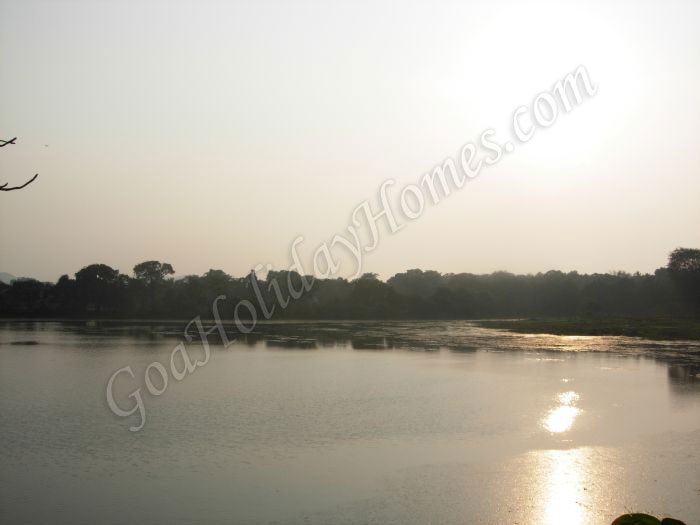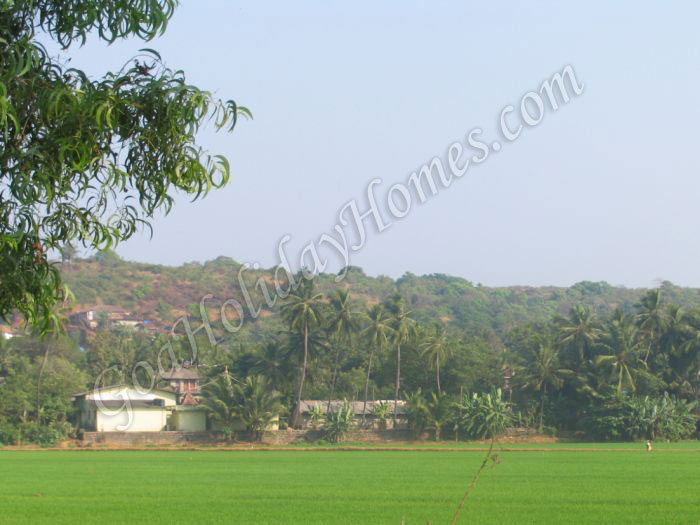Chandor
This is the village which was once the location of the capital of Chandrapur rulers which also boasts of a fort and a temple within its citadel. It is located 10 kms from the inland of Margao and has both the ancient and modern aspects to its history. The ancient Chandor was once a port of international repute and a great capital where trade and commerce flourished. Its geographical location is just perfect with the loop of the Kushavati river with another tributary of the Zuari to the west.
Chandrapur is a vital part of Goa’s historic past with sparse remnants of ancient inscriptions and a site of extensive excavation. Goa was treated as a chess pawn in the constant moves by the great rulers and dynasties of South India. It was the most important capital of the famous Mauryan emperor Chandragupta, who was a powerful king in India and spread his reign all over the subcontinent including Goa after the defeat of Alexander the Great in 323 B.C.
Chandrapur also boasts of ancient inscriptions of Bhoja kings dating back to the 3rd or 4th Century A.D. The earliest piece of evidence being the Siroda plate found in Shiroda on the banks of a river. It also has a Shiva temple with old remnants of the fortress walls and form one of the oldest structural remains in Goa. Chandrapur’s origins are not exact, which has been justified by the fact that there has been found pottery of the Satyavahanas which leads one to think that their dynasty was much older than the Bhoja kings, ruling far back as 200 BC.
Father Heras on his discovery of Chandrapur in 1929, found a very old and shattered image of Nandi, Shiva’s bull, believed to be affected adversely by the 13th Century Muslim raids on various temples of Goa. It dates back to the 7th century when Chandraditya was proclaimed as the ruler of the Konkan along with Chandrapur by his father, Pulakesin II, the great Chalukyan emperor. The status grew manifold with the establishment of trade and sea links mainly by the Arab traders who vastly inhabited the Arabian sea, the Persian Gulf, African east coast and the stretch of the western coast of India to Ceylon and thus, Chandrapur played a vital role in boosting trading activities.


